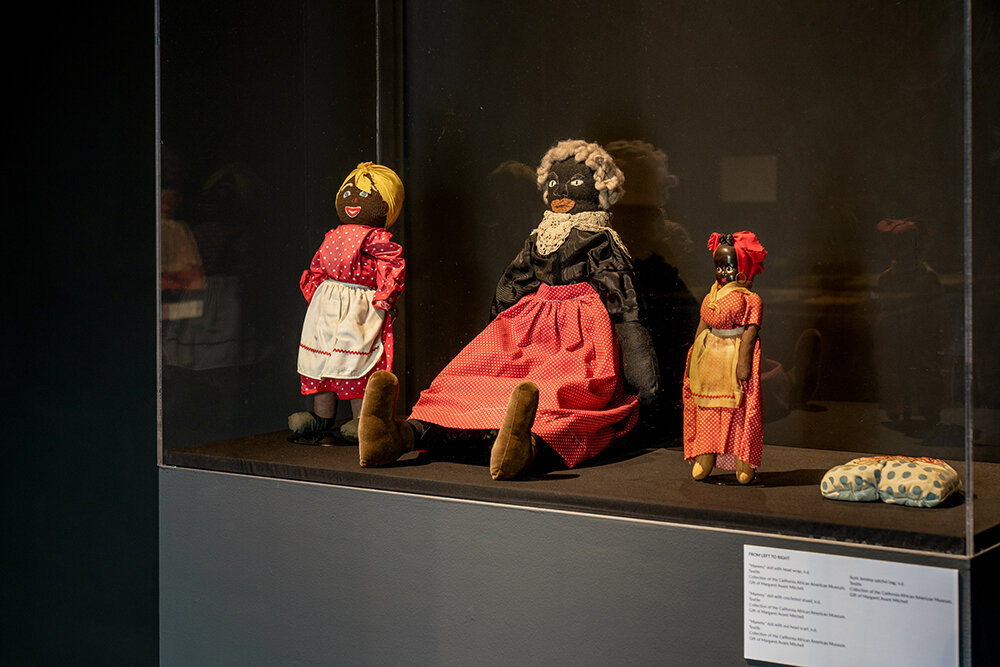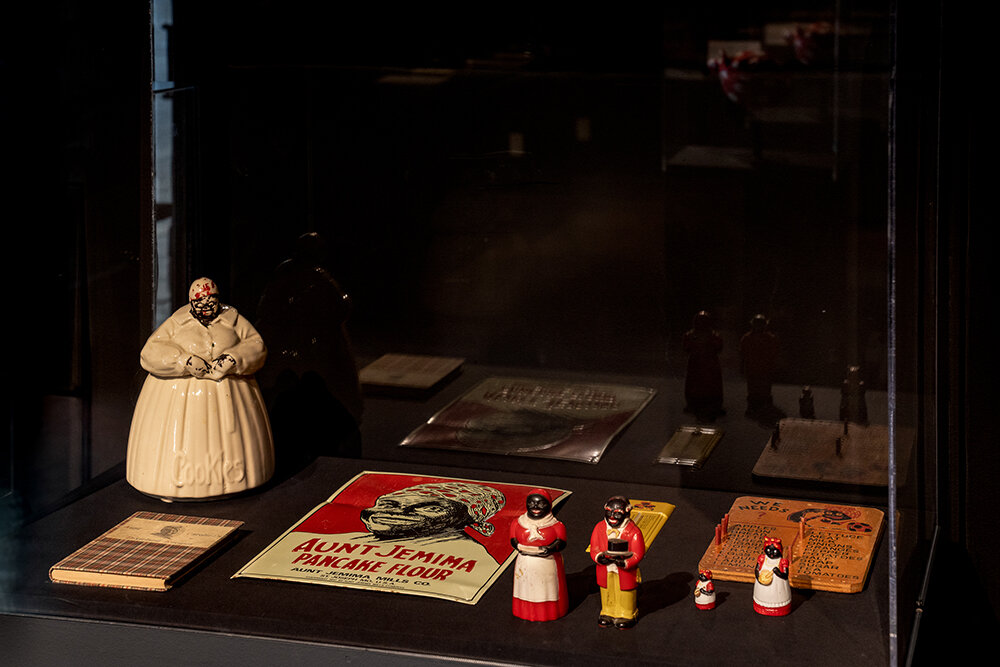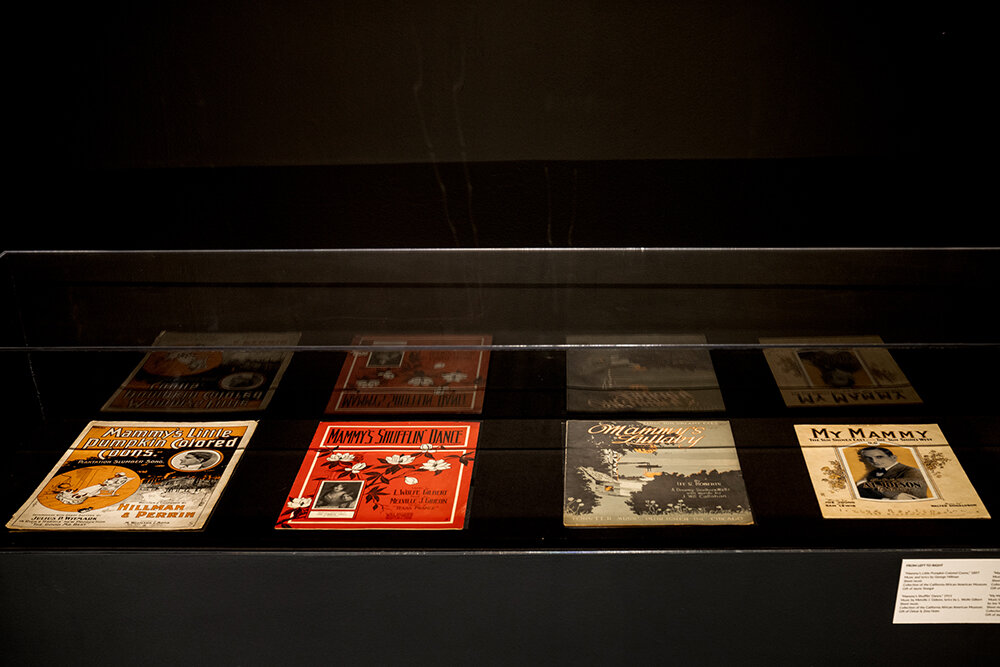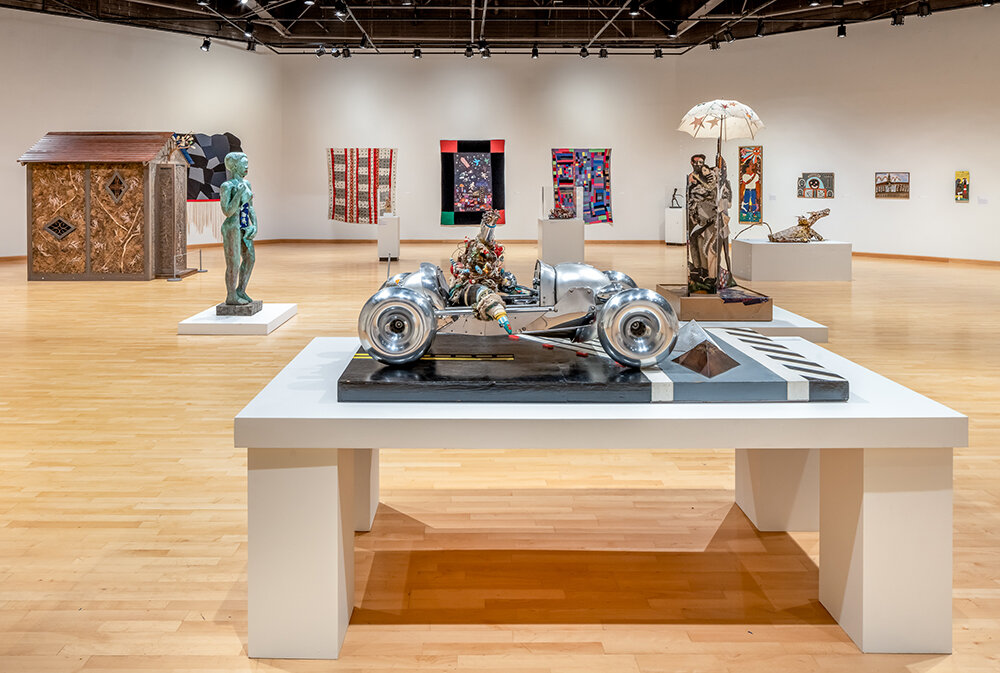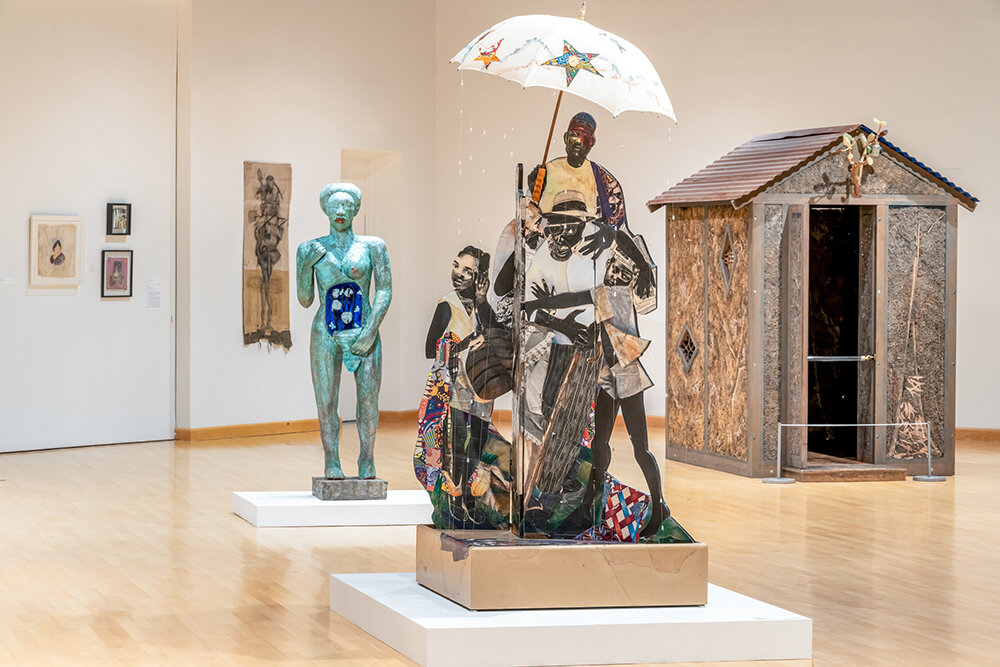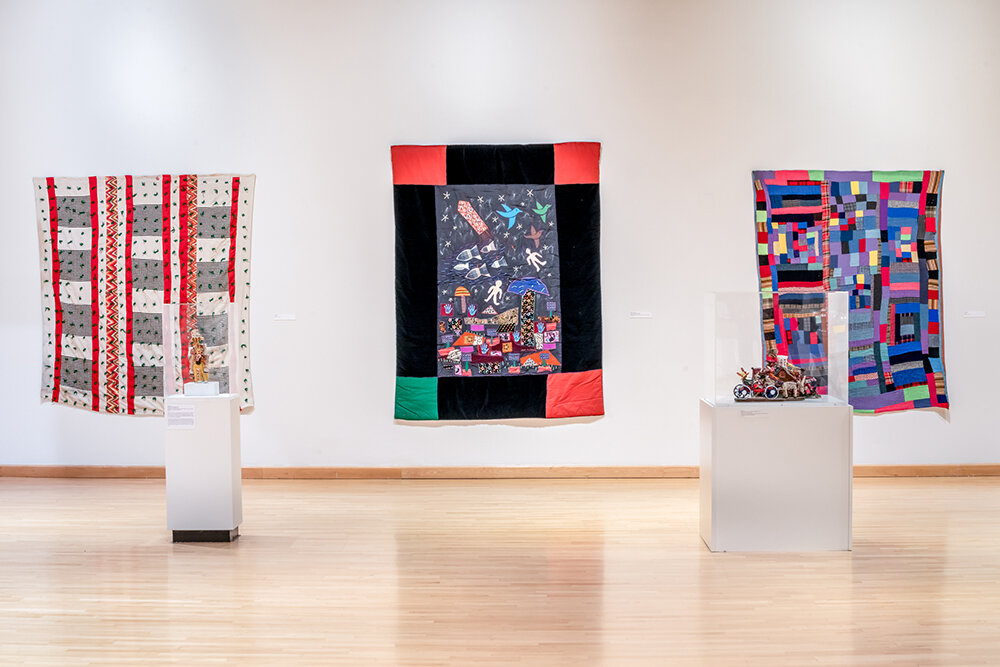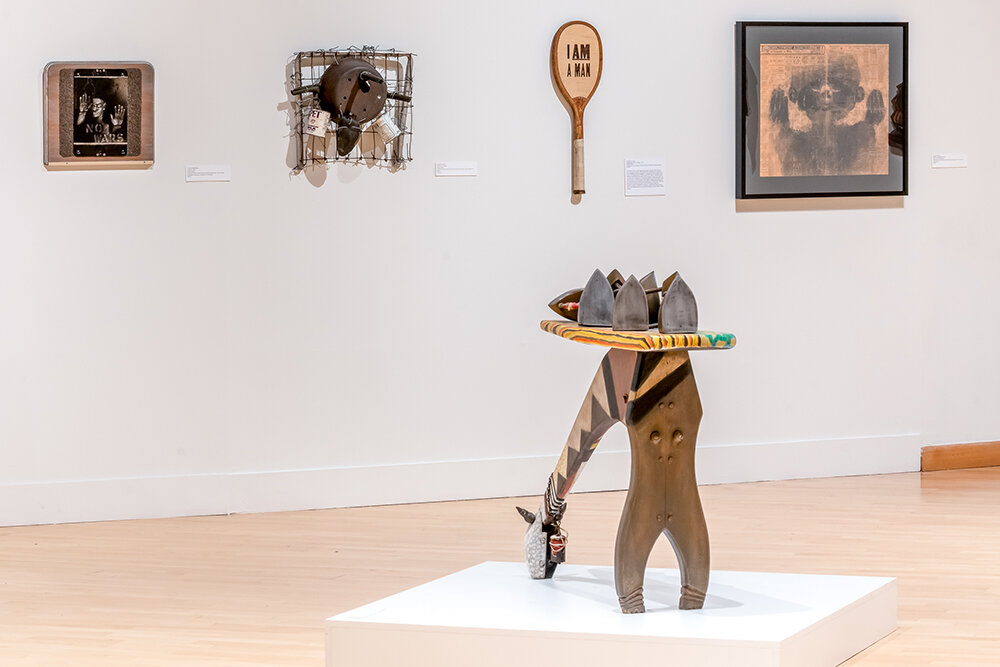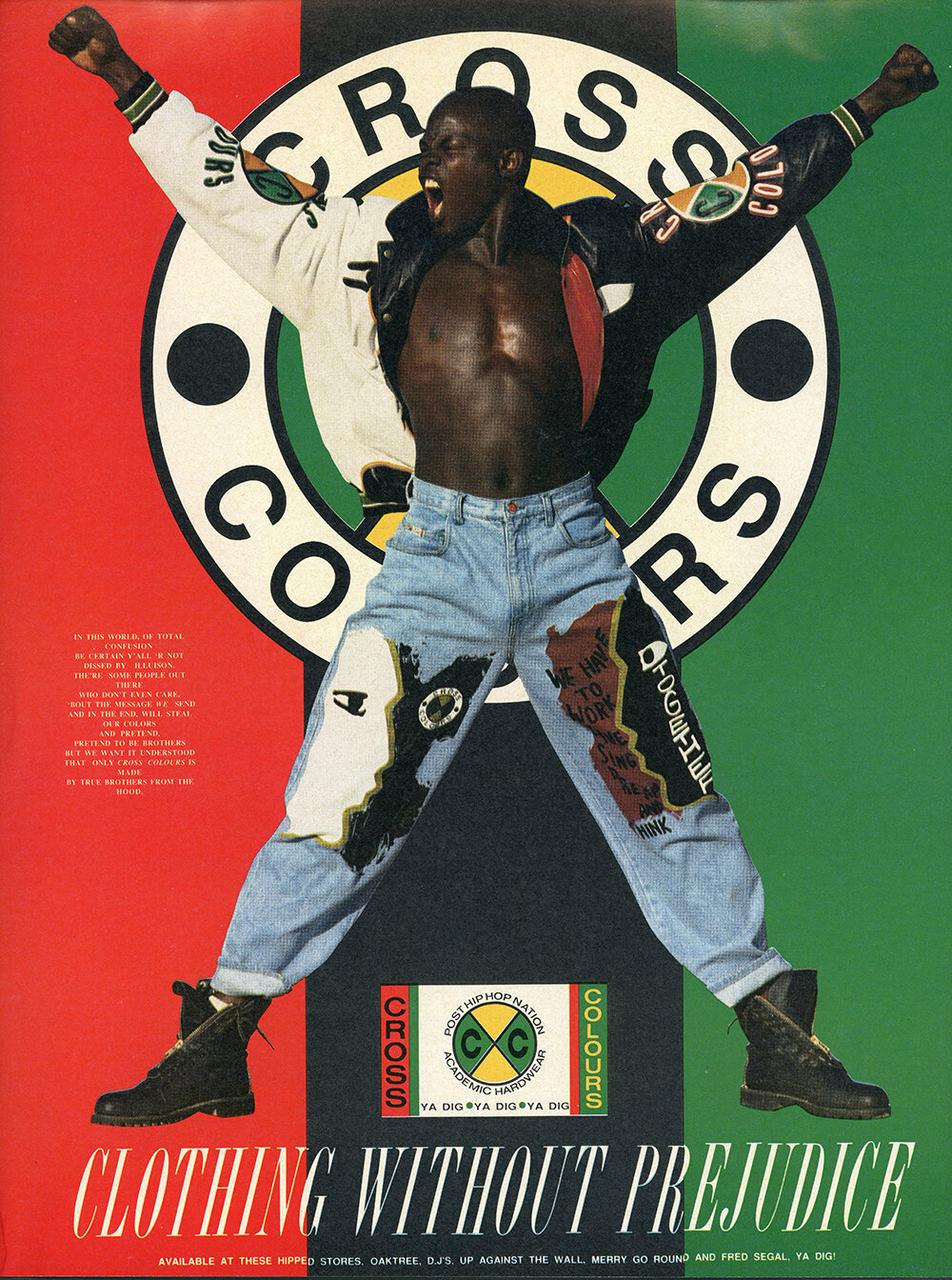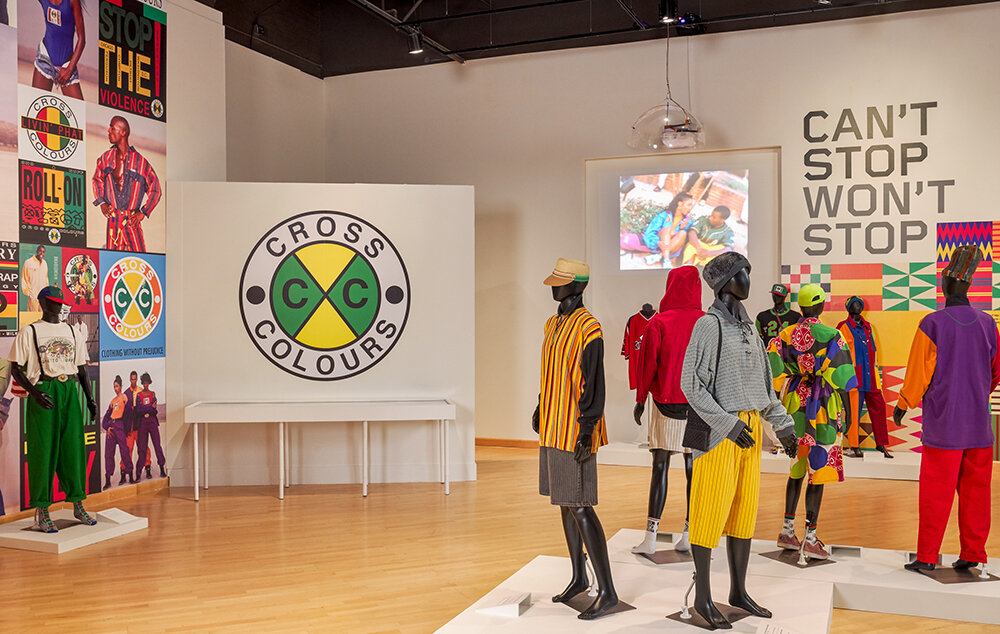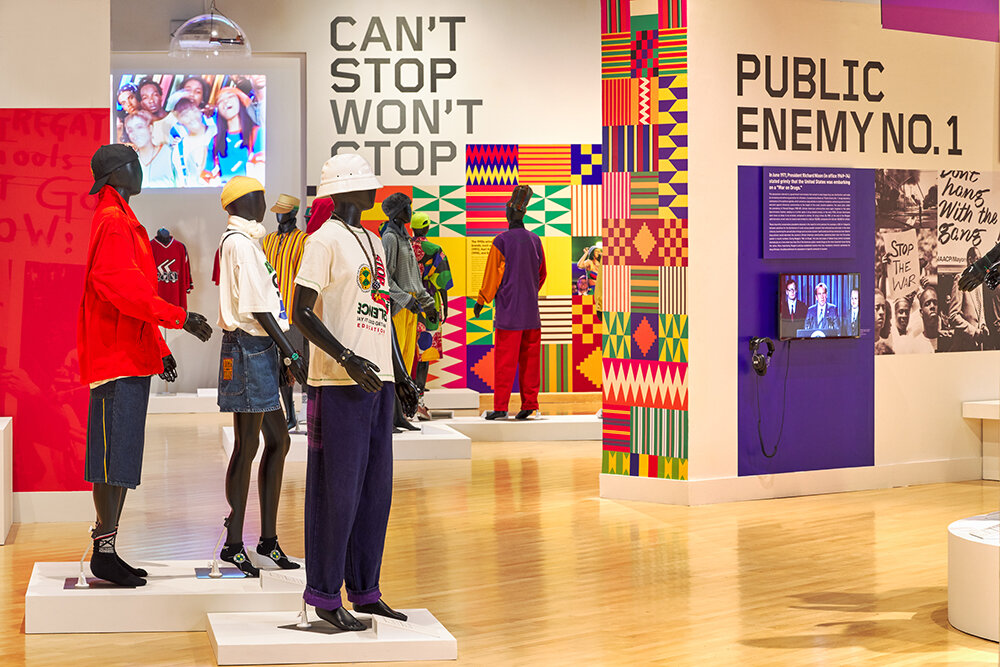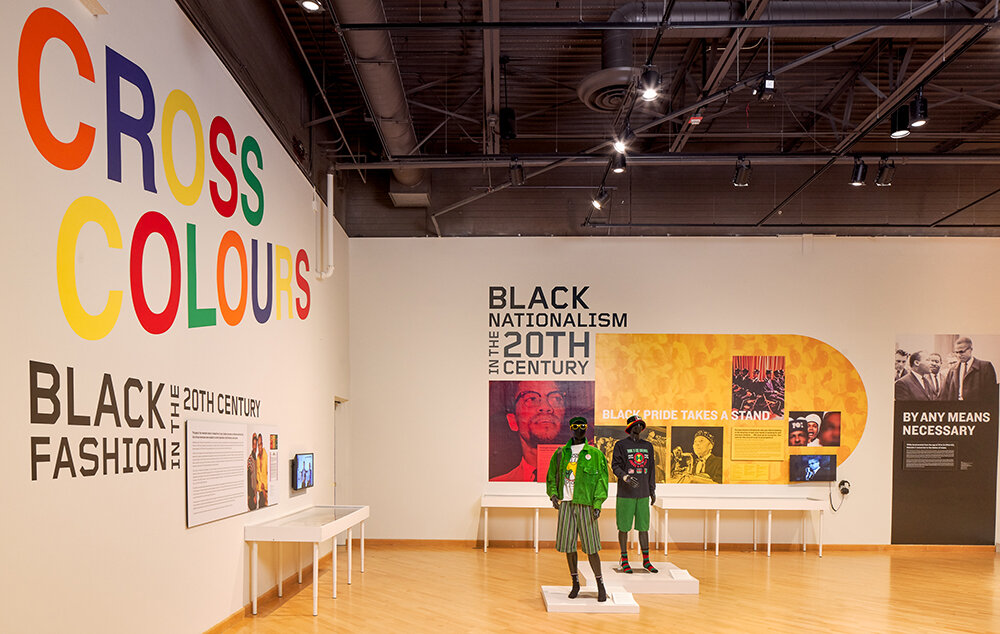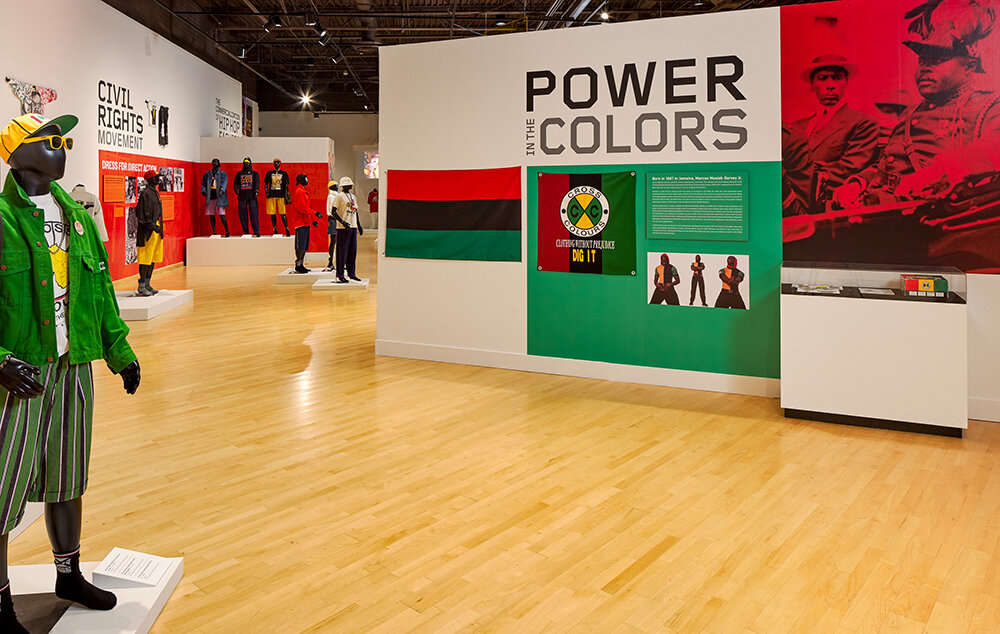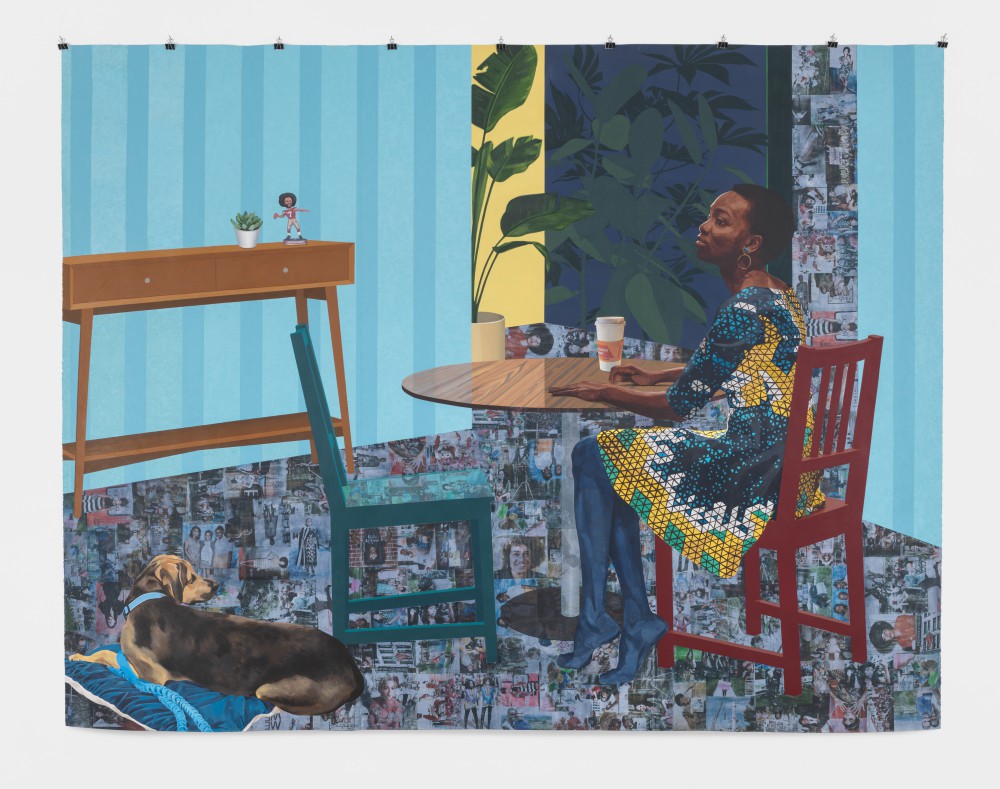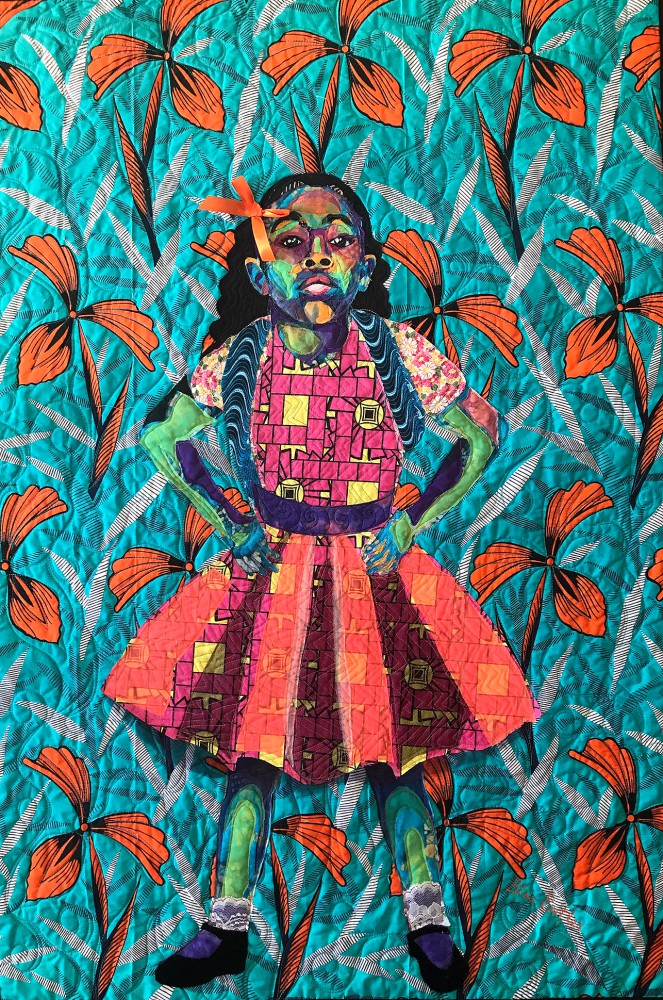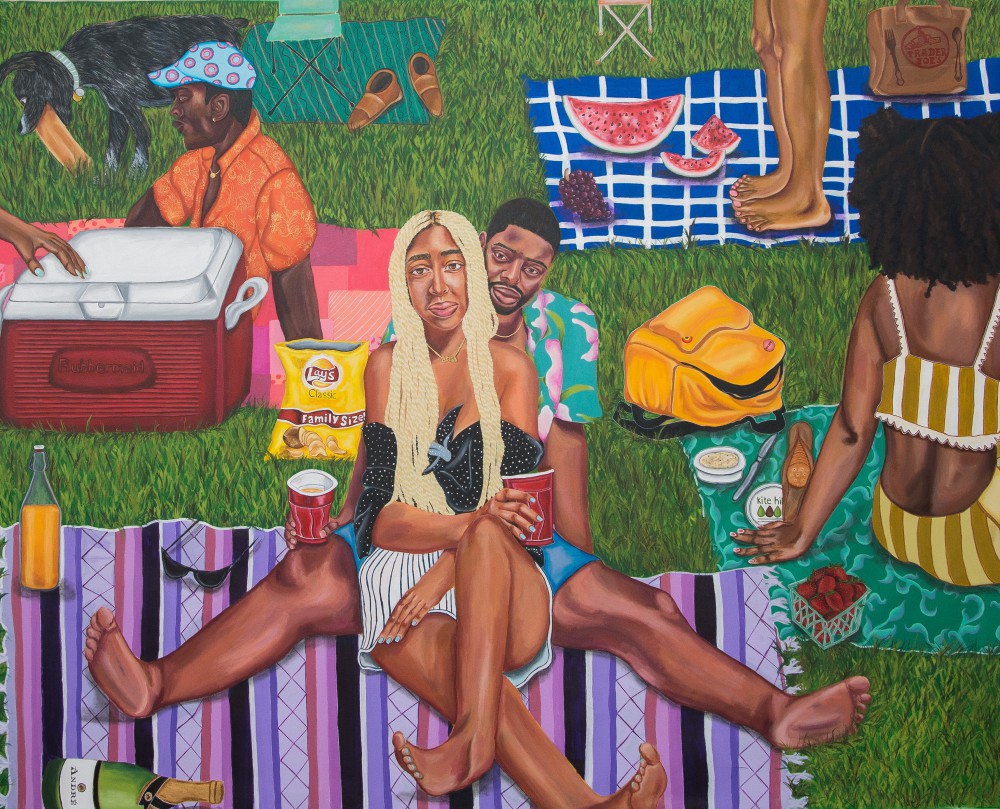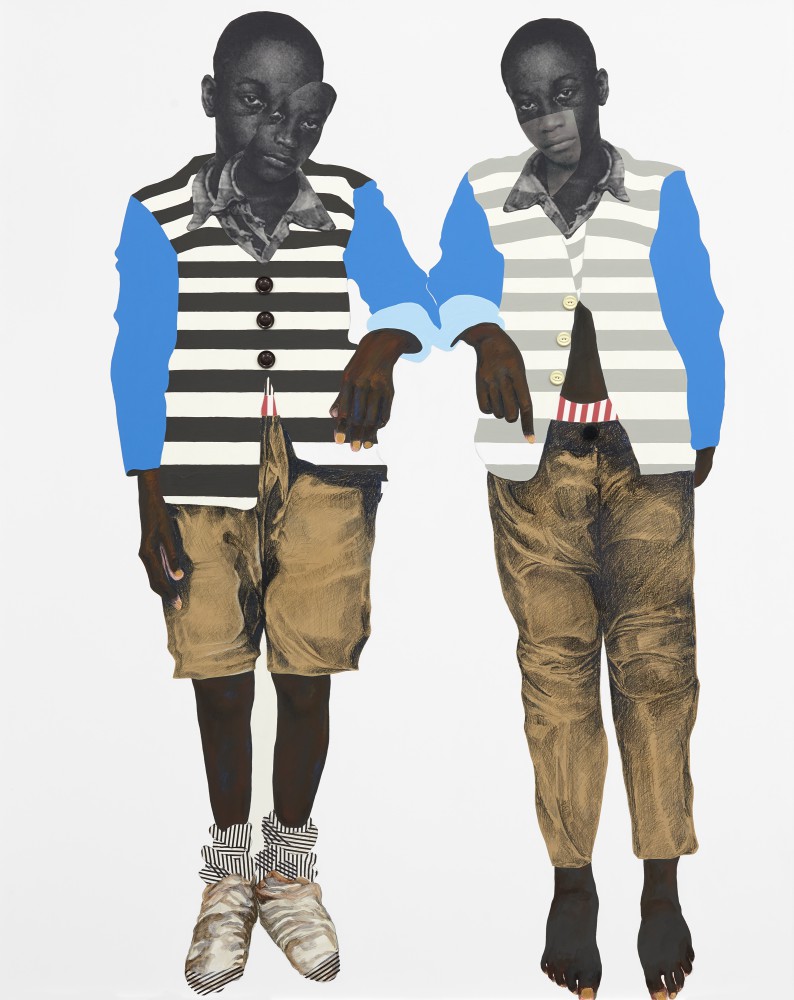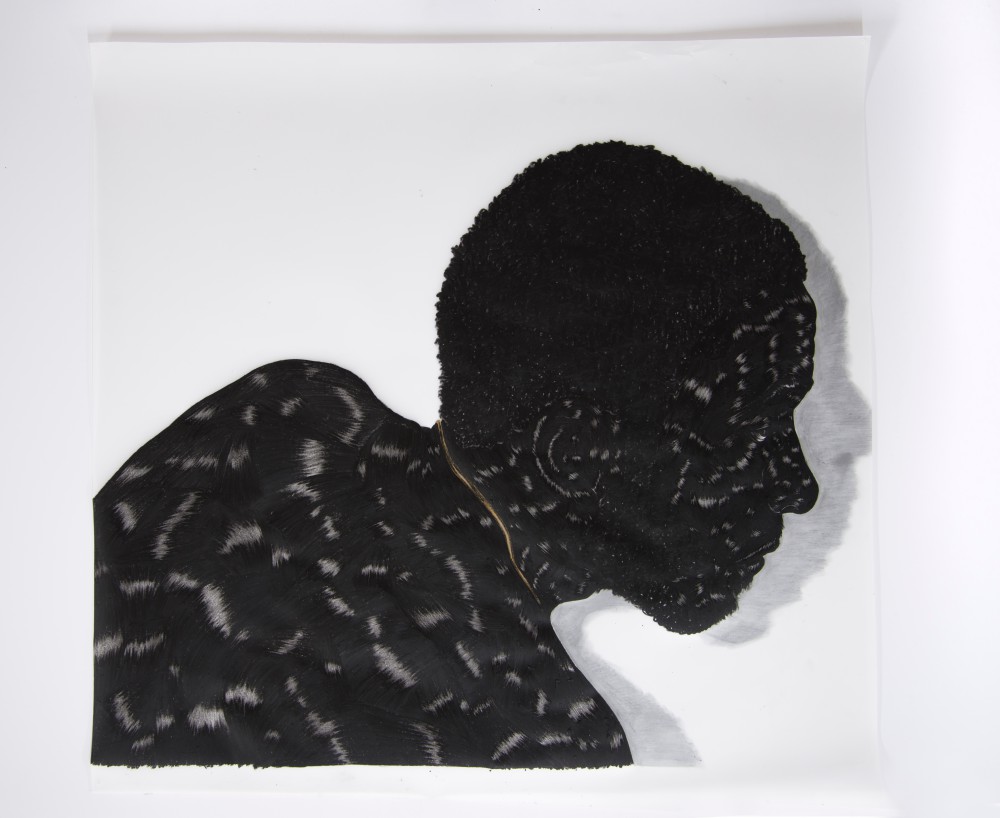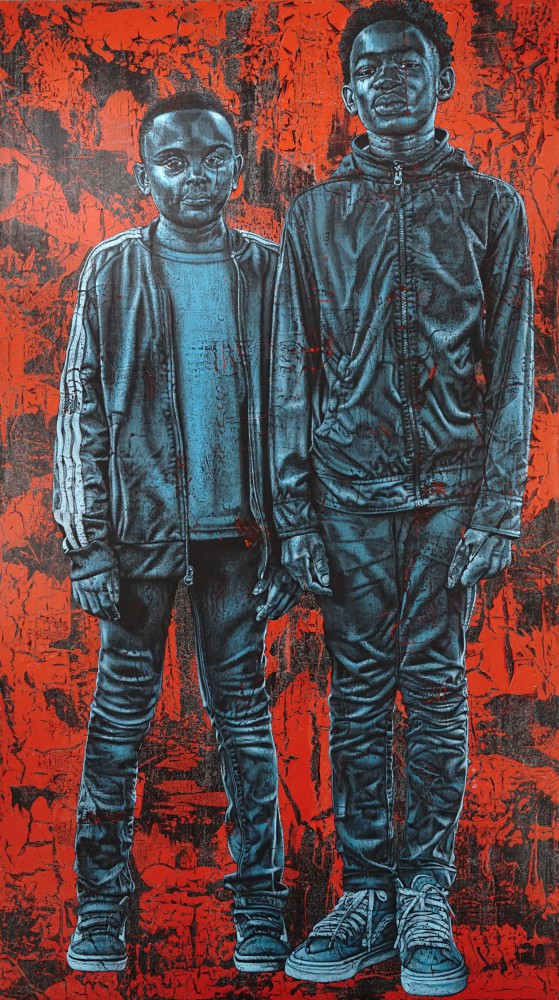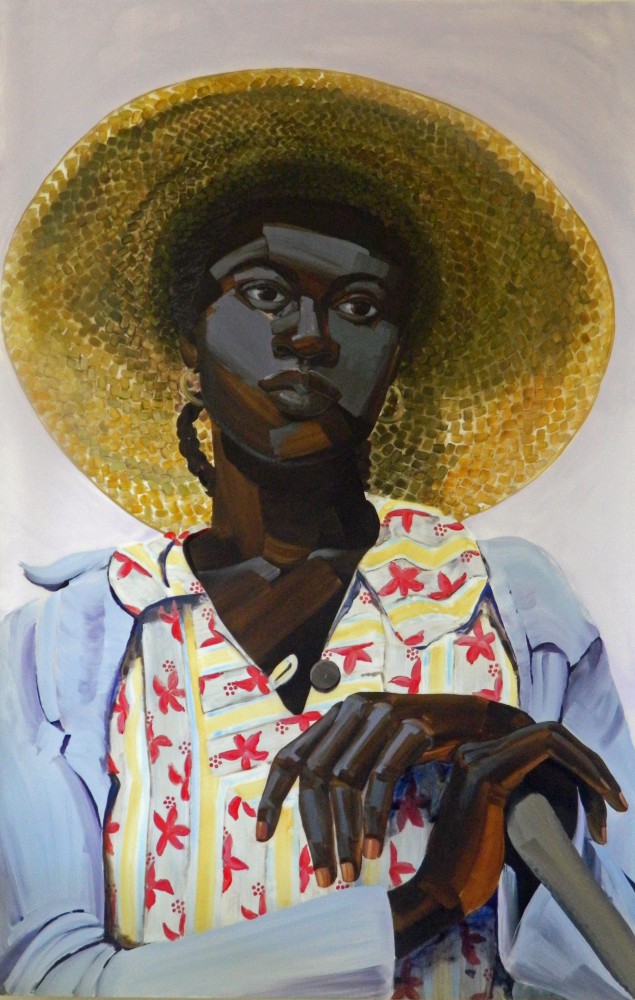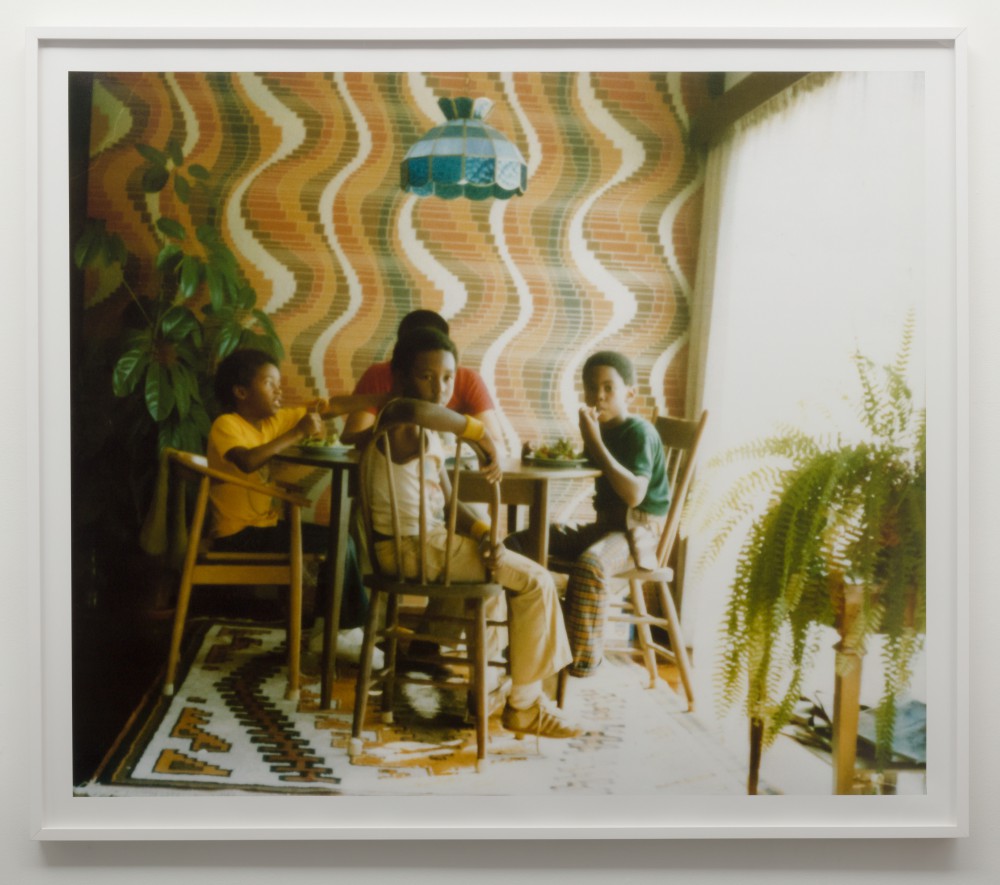Oscar Devereaux Micheaux, a pioneer of African American cinema, produced more than forty films during the dawn of the 20th century, including Body and Soul (1925). The silent film features the acclaimed stage actor and activist Paul Robeson, who performs as both a mystifying preacher and doting inventor, capturing the seduction of faith and the complicated power structures that can surround it. This new digital restoration, which is included in the Pioneers of African American Cinema collection, has been produced by the artist Paul D. Miller aka DJ Spooky, who also contributed a new score for the 2015 re-release. The online screening of Body and Soul is presented in conjunction with the exhibition Enunciated Life, which utilizes Black spiritual beliefs as a point of departure for considering modes of surrender and includes work by Steffani Jemison, a contemporary artist whose practice is in dialogue with Micheaux’s films.
CAAM will host the screening Thursday, February 25 5:00 - 6:30 p.m. RSVP for screening instructions.


